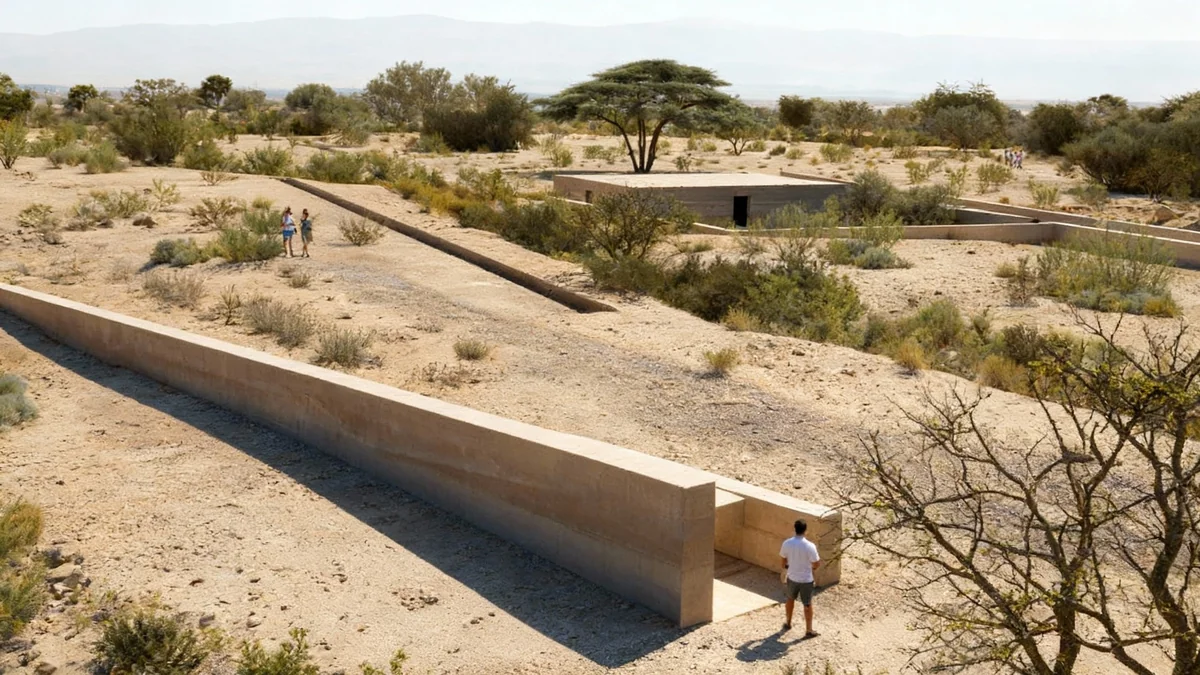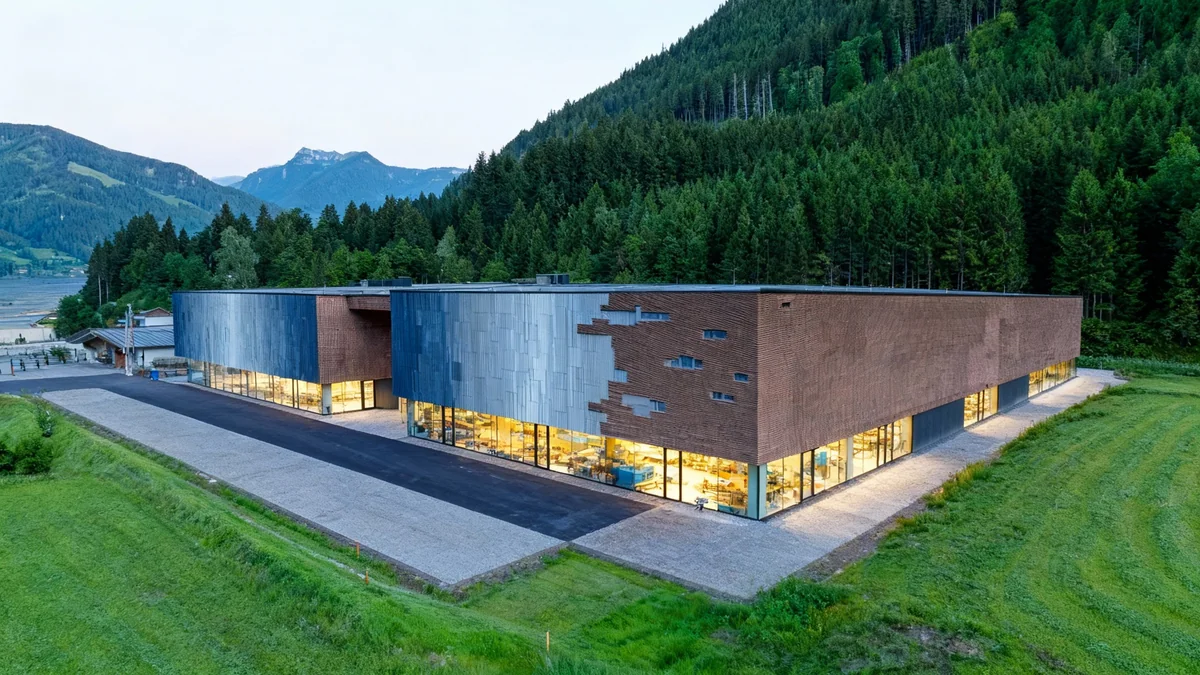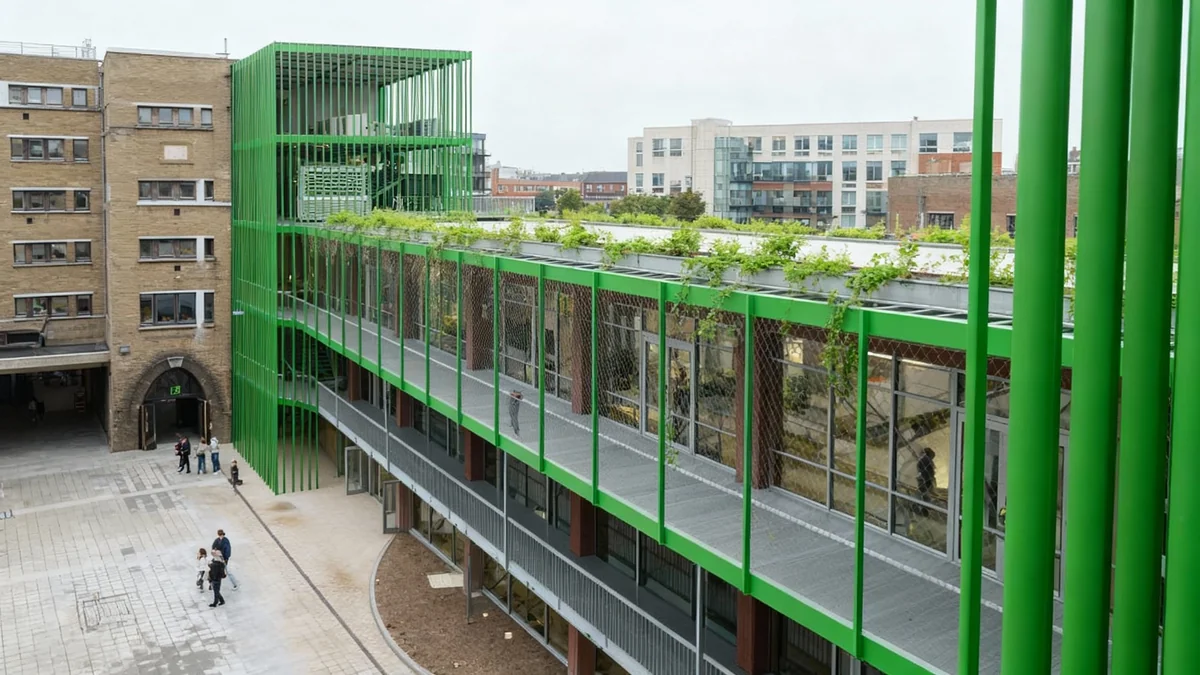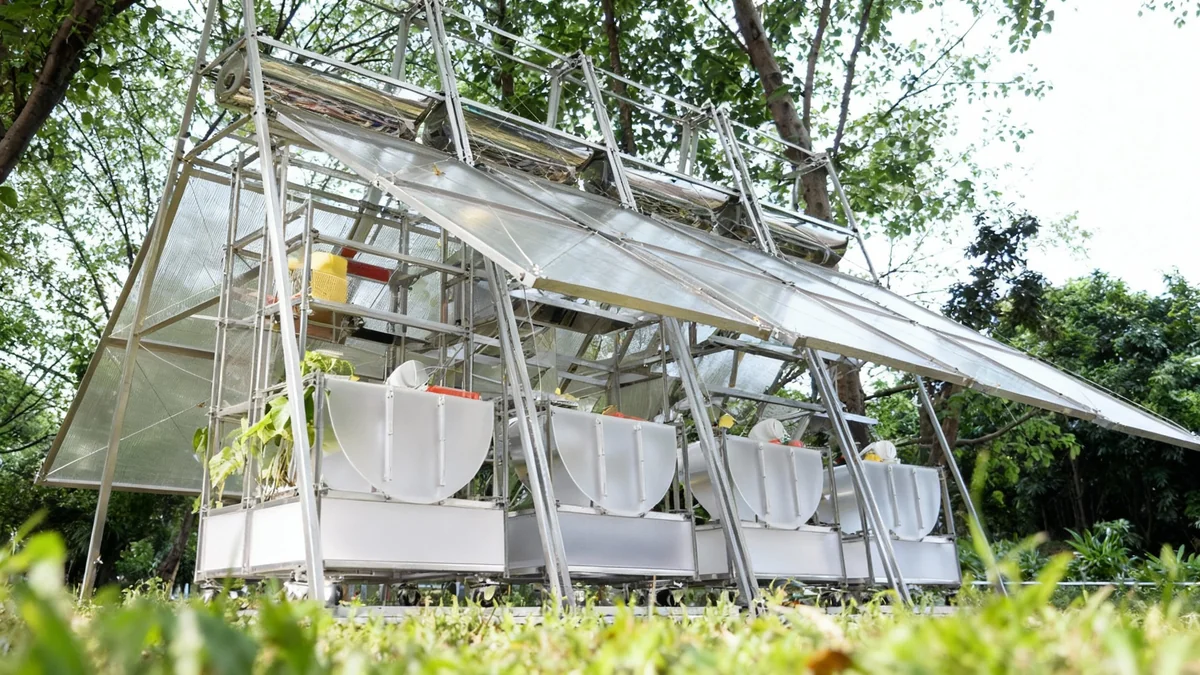Seven internationally recognized architecture firms have unveiled their proposed designs for a new museum at the baptismal site of Jesus Christ in Jordan. The concepts, which range from structures deeply embedded in the earth to expansive, light-filled pavilions, offer distinct interpretations of how to build on one of Christianity's most sacred grounds.
The new museum is a key component of the Baptism Development Zone, a 340-acre masterplan for the area adjacent to the UNESCO World Heritage Site. The project has received the endorsement of His Majesty King Abdullah II bin Al-Hussein and will be partially funded by donors from the Church of Jesus Christ of Latter-day Saints.
Key Takeaways
- Seven international firms are competing to design a new museum at the baptism site of Jesus in Jordan.
- Designs emphasize local materials like basalt and rammed earth, and integration with the natural landscape.
- Common architectural themes include sunken structures, barrel vaults, and the symbolic use of water.
- The museum will be the centerpiece of a 340-acre development zone at the UNESCO World Heritage Site.
- The winning design is expected to be announced in the coming months.
Competing Visions for a Sacred Landscape
The unveiling of the seven proposals marks a significant milestone for the project. Each firm has approached the unique challenges of the site—located in the Great Rift Valley with its intense heat and arid conditions—with a different philosophy. The designs reflect a deep consideration for the site's spiritual significance, its delicate ecology, and the pilgrim's journey.
While the approaches vary, several common threads emerge. Many of the architects have chosen to create structures that are low-slung or even subterranean, minimizing their visual impact on the hallowed ground. The use of locally sourced materials is a consistent theme, aiming to create buildings that feel born of the landscape itself. Water, central to the act of baptism, is a recurring element, used both for its symbolic meaning and for natural cooling.
A Site of Global Significance
Known as Bethany Beyond the Jordan, the location is recognized by UNESCO as the site where John the Baptist baptized Jesus Christ. It is a major pilgrimage destination for Christians worldwide, attracting visitors who come to connect with the historical and spiritual origins of their faith. The development aims to enhance the visitor experience while preserving the site's unique character.
A Closer Look at the Proposals
The seven shortlisted firms bring a wealth of international experience to the competition. Their proposals offer a fascinating glimpse into the future of this historic location, blending modern architecture with ancient reverence.
AAU Anastas: A Vessel for Memory
The design from Palestine, France, and Jordan-based AAU Anastas proposes a structure that almost disappears into the terrain. Built from local basalt, the museum would feature a serpentine roofline above ground, while its main spaces would be located in a cavernous, subterranean vault. This design directly addresses the region's harsh climate, offering visitors a cool respite from the sun.
A meandering water path would guide visitors through the underground spaces. The firm described its vision in a statement:
“As water disappears, the museum becomes a vessel for memory, registering environmental shifts and sustaining faith not through preservation, but through a dynamic relationship with the land, time, and atmosphere.”
heneghan peng architects: Geological Inspiration
Irish firm heneghan peng architects, known for the Palestine Museum, draws inspiration from the site's geology and stratigraphy. Their proposal features a series of pergolas that lead visitors toward the main building, which is crowned by gently curved barrel vaults. The design creates a journey through verdant gardens before entering the contemplative exhibition spaces, where exposed masonry would evoke a sense of timelessness.
Níall McLaughlin Architects: Symbolic Gateways
London-based Níall McLaughlin Architects has conceived a structure of rammed earth and stone. The entrance is marked by distinctive umbrella-like columns. A key feature is the use of symbolic doorways—one triangular and one circular—facing each other to represent “a life in Christ as the Alpha and Omega.” The plan includes lush gardens with orange trees and elevated viewpoints overlooking the Jordan River.
Material and Meaning
The emphasis on materials like rammed earth is not just for aesthetics. It is a sustainable building technique that uses compressed natural raw materials, providing excellent thermal mass to regulate indoor temperatures in the hot desert climate.
Studio Anne Holtrop: A Topographical Roof
Studio Anne Holtrop, based in the Netherlands and Bahrain, proposes a single, expansive roof that follows the natural contours of the land. This massive plane would be punctuated by geometric apertures, allowing natural light to filter into the spaces below. At the heart of the museum, a wading pool would offer a moment of reflection. The design also includes a tree nursery to support plant research and transplantation efforts in the region.
Tatiana Bilbao ESTUDIO: Immersion in Geometry
Rooted in the concept of baptism as an immersion, the proposal from Tatiana Bilbao ESTUDIO features a low-lying plane supported by a grid of columns. This orthogonal plan is interrupted by conical forms and apertures that open to the sky, washing the interior with diffused light. The design is inspired by the contrast between the cultivated fields and the meandering wadis of the region. A water pathway flows through the site, providing natural cooling.
Toshiko Mori Architect: A Contemplative Sequence
Toshiko Mori Architect envisions a more modest, contemplative sequence of structures. The plan features a series of barrel vaults fanning out from a central point. The site would be dotted with pavilions and gardens dedicated to botany, geology, archaeology, and anthropology, creating a multifaceted visitor experience. Clerestories within the vaults would provide ample natural daylight while protecting from the direct sun.
Trahan Architects: Sunken and Seamless
The final proposal, from Trahan Architects, is a fully sunken museum designed to enhance the existing tributary system. From above, the building would be almost invisible, covered by swaths of native plantings that also define the visitor pathways. Visitors would descend into the earth before slowly ascending toward the sacred site, a journey the firm says is intended to mirror the baptismal act itself.
“The museum is a peaceful node along a pilgrimage route, fostering stillness through humble architecture built from locally sourced rammed earth,” the firm stated.
The Path Forward
The selection of a final design represents a critical next step in developing the Baptism Development Zone. The client, The Foundation for the Development of the Lands Adjacent to the Baptism Site, will review the detailed proposals before announcing a winner in the coming months.
The chosen design will not only provide a home for priceless artifacts but will also become a landmark in its own right—a piece of modern architecture intended to serve and honor a site of ancient faith for generations to come.




